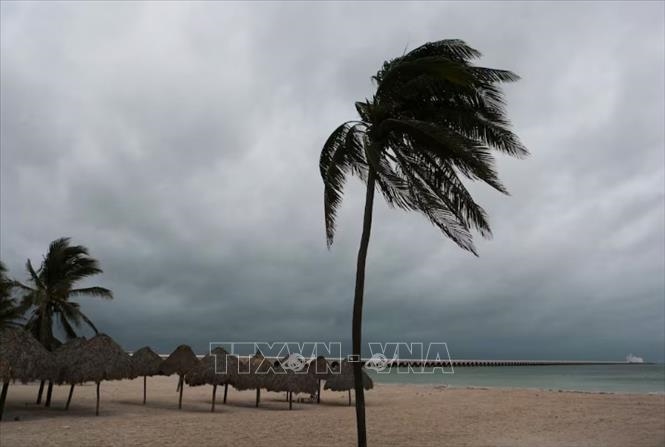As the second major hurricane in as many weeks headed toward Florida’s west coast, many residents scrambled to shore up their homes and evacuate. Airlines increased flights from Tampa, Orlando, Fort Myers and Sarasota as evacuees clogged roads and gas stations ran out of fuel.
 |
High winds and dark clouds from Hurricane Milton cover the sky over Progreso, Mexico, October 7, 2024. |
Authorities have issued mandatory evacuation warnings across 11 Florida counties, covering about 5.9 million people, according to the Census Bureau. But some residents are determined to stay put.
On October 8, President Joe Biden urged Florida residents to evacuate immediately to avoid the storm, warning that this Category 5 storm could become the most serious natural disaster to hit the state in a century. By October 9, US officials said the time for evacuation was over.
The US National Hurricane Center (NHC) predicts that Hurricane Milton may weaken but remain a strong storm when it makes landfall on the central-western coast of Florida on the evening of October 9 (local time). As of early October 9, the storm’s center was 580 km southwest of Tampa with maximum sustained winds of 260 km/h. The storm is forecast to maintain its intensity as it moves through central Florida on October 10 and east toward the Atlantic Ocean. Forecasters are currently uncertain about the storm’s path, but by the evening of October 8, the storm had shifted south of Tampa. The Tampa Bay area, home to more than 3.3 million people, is expected to face widespread damage from Hurricane Milton.





